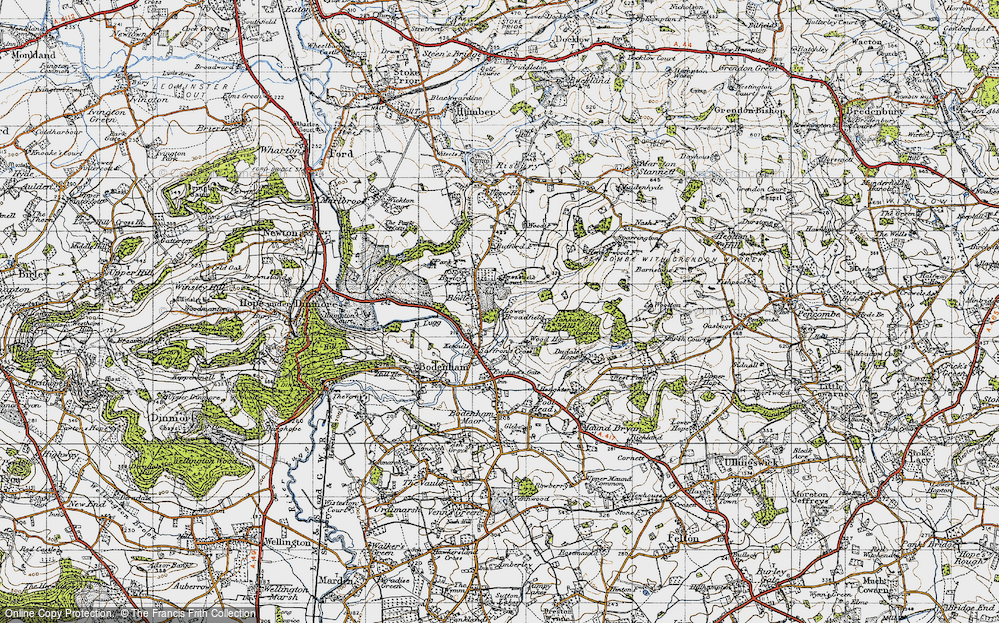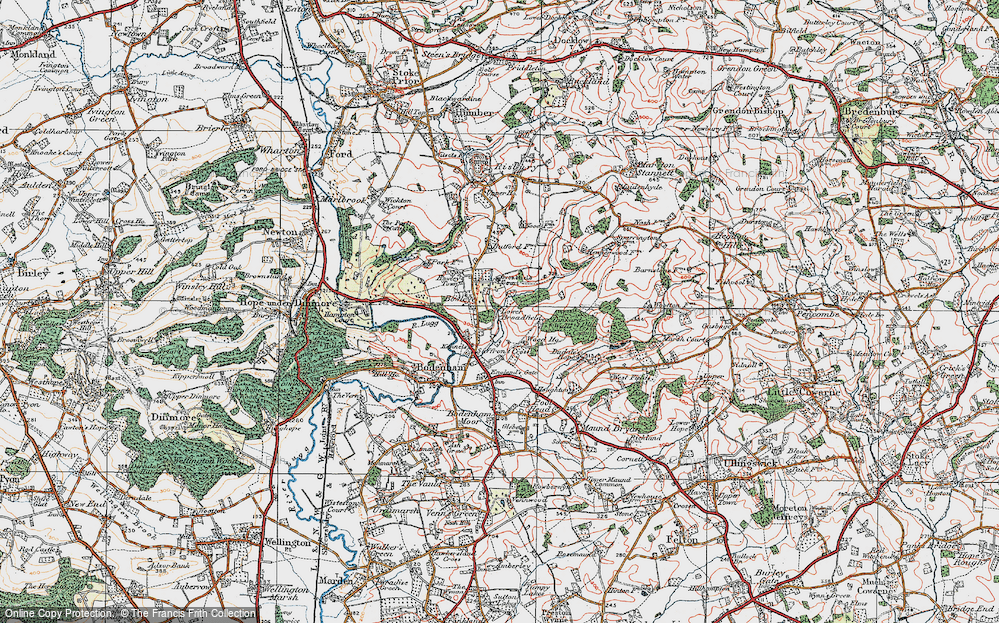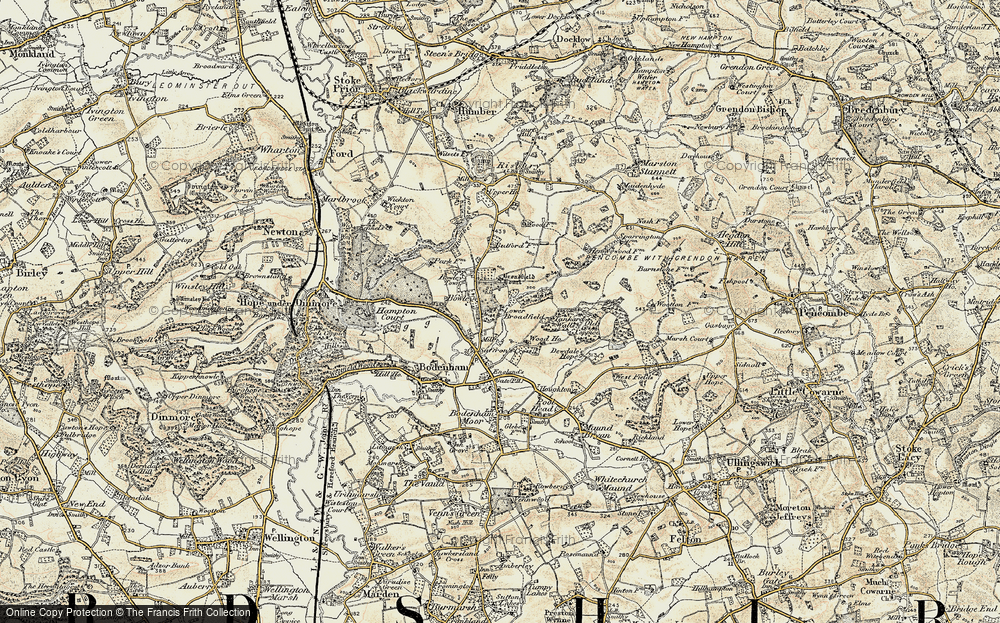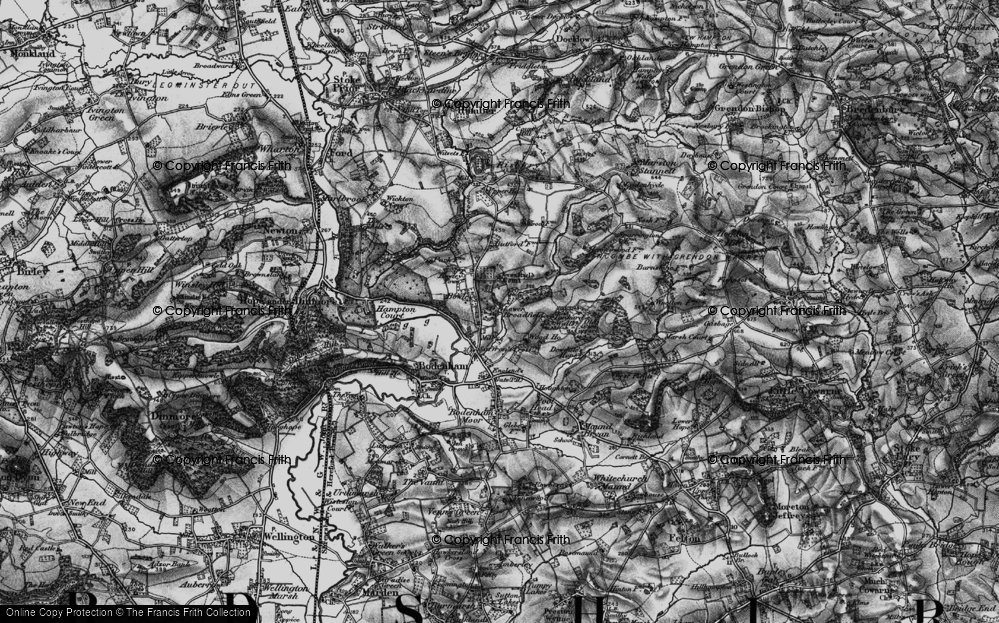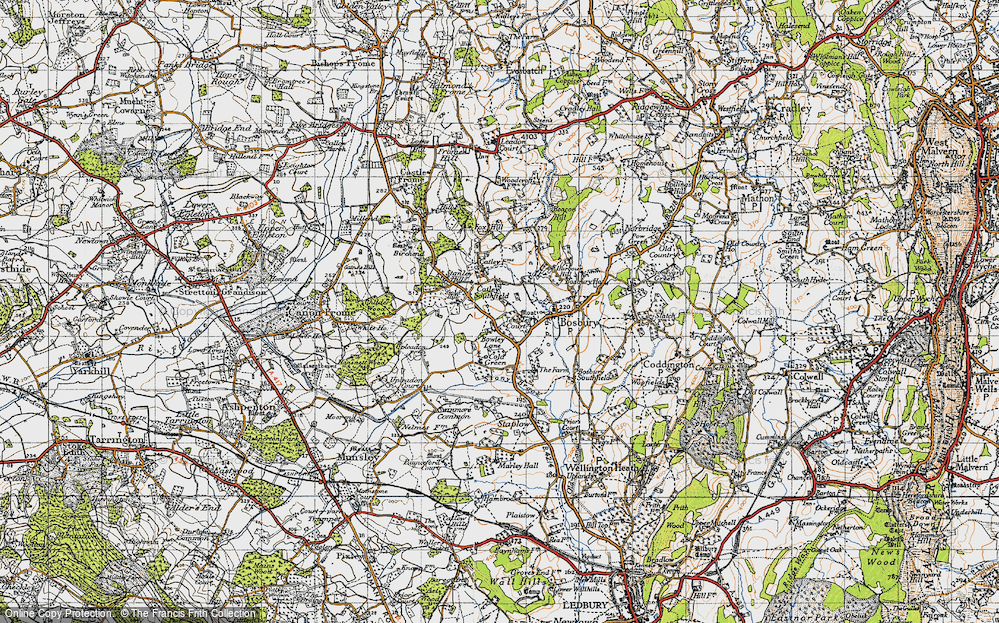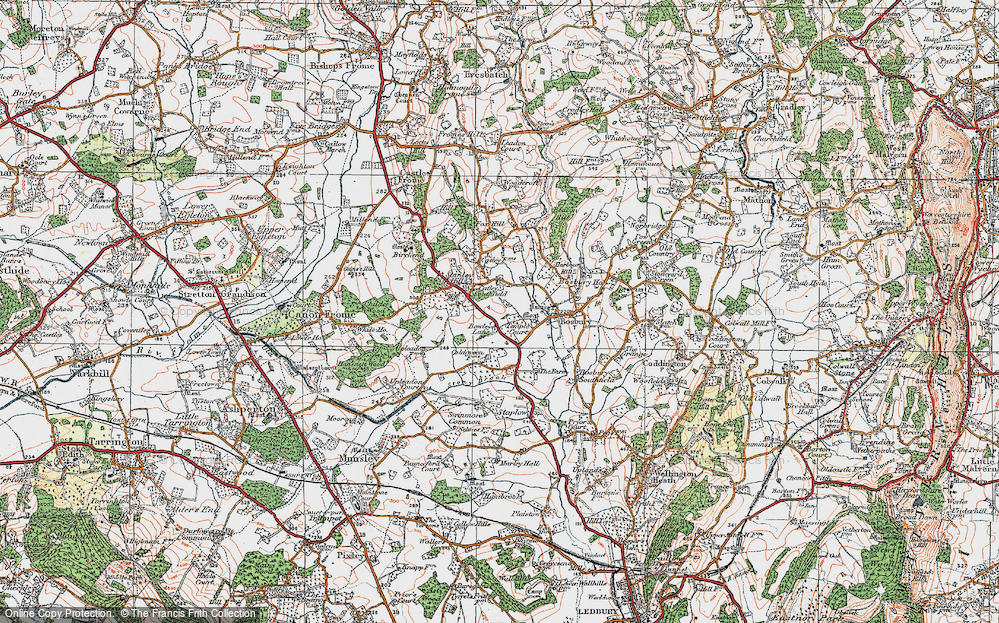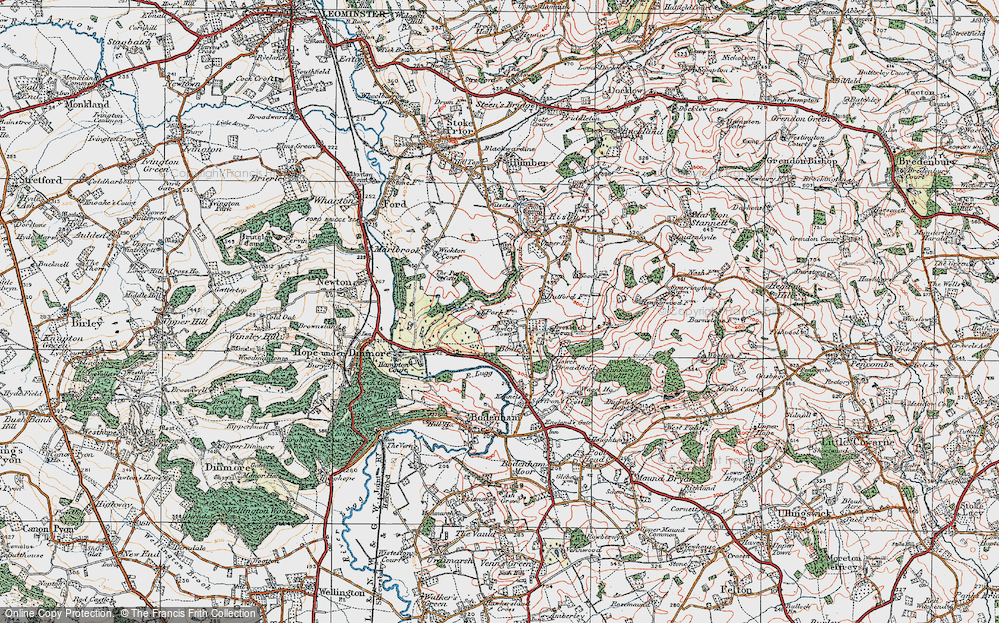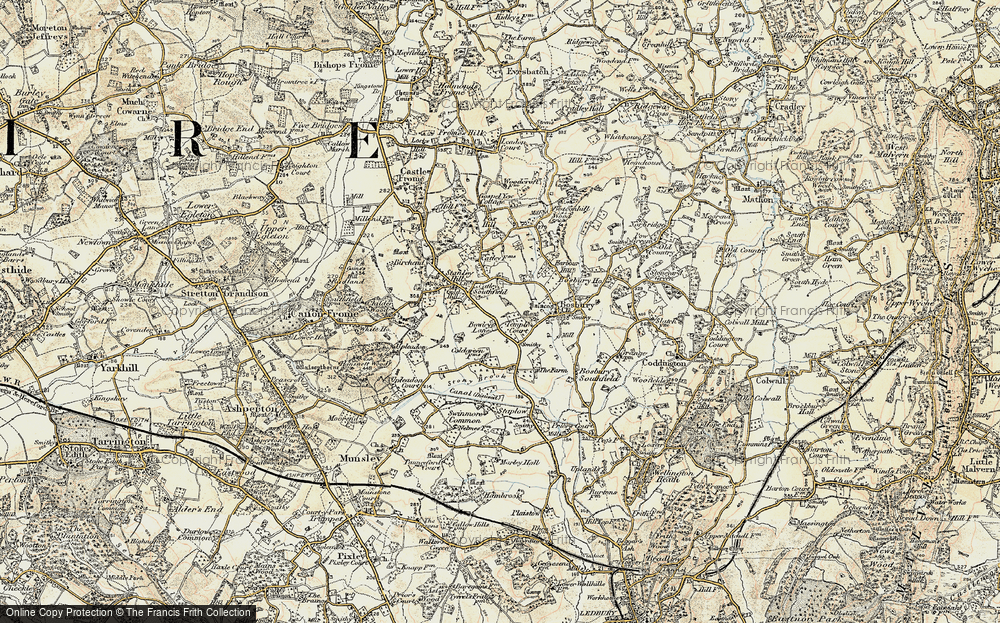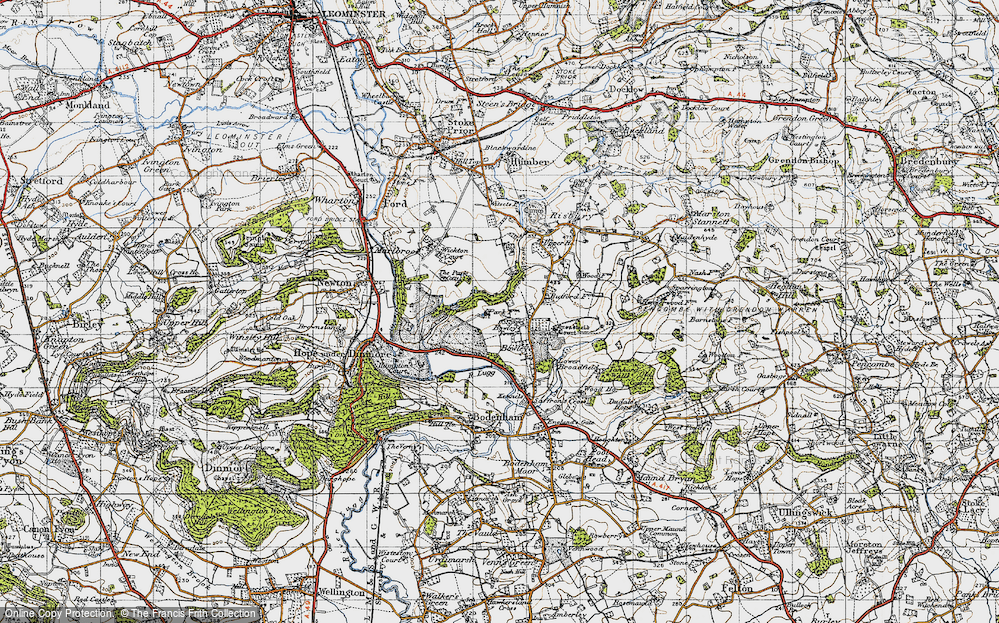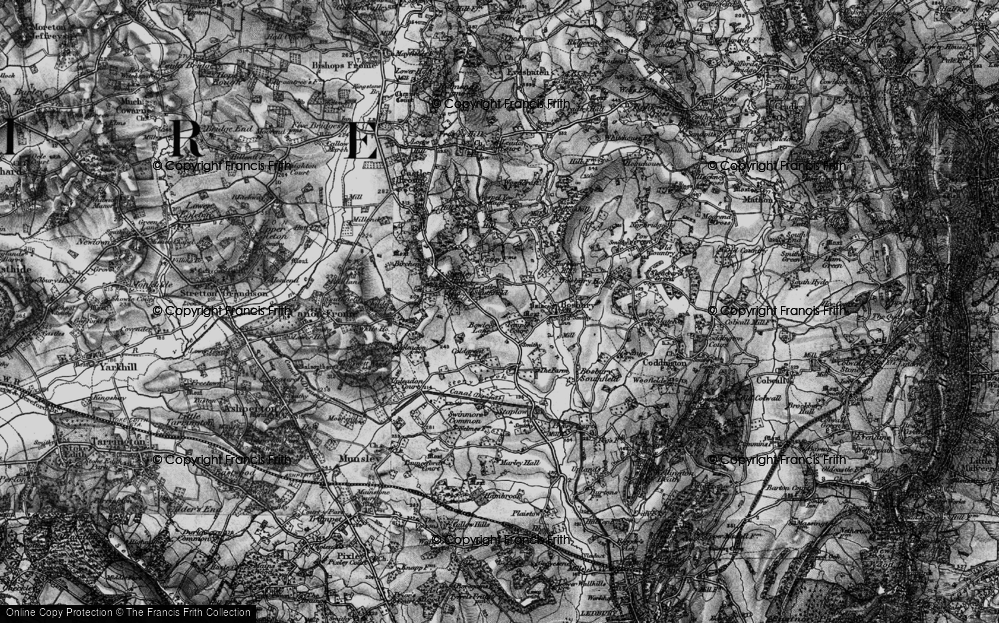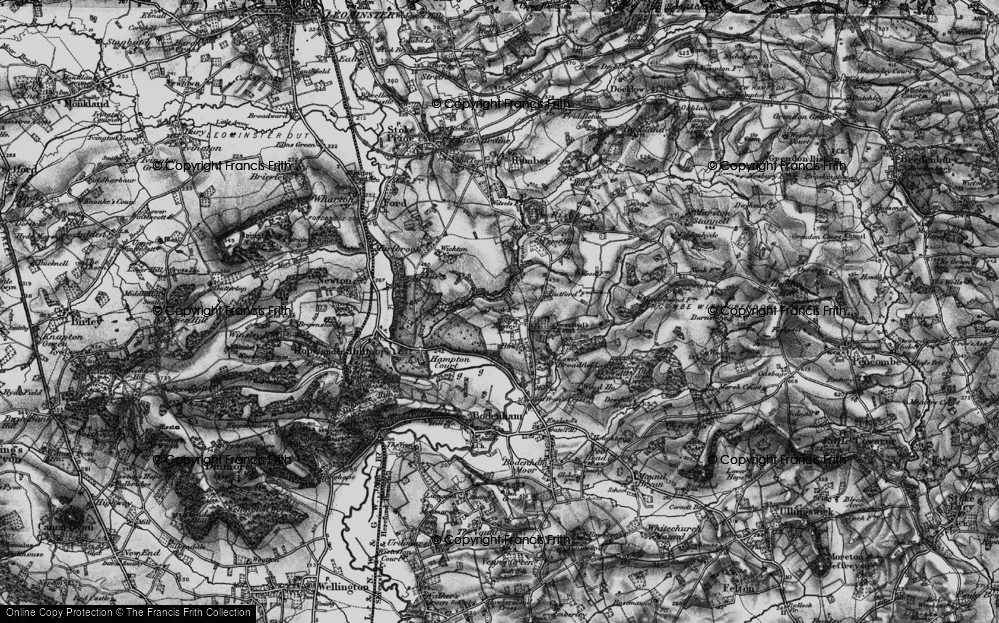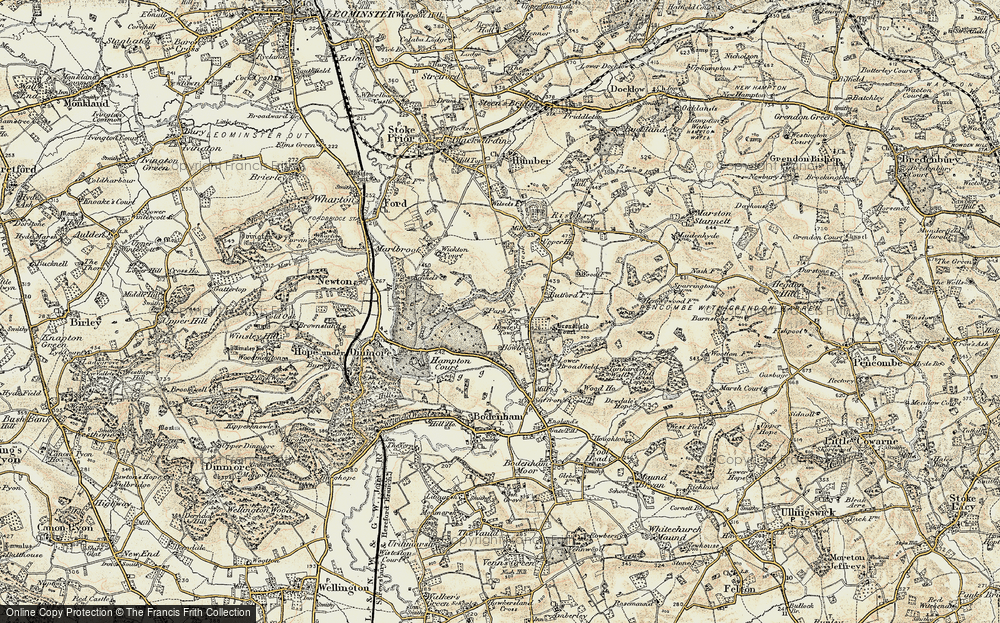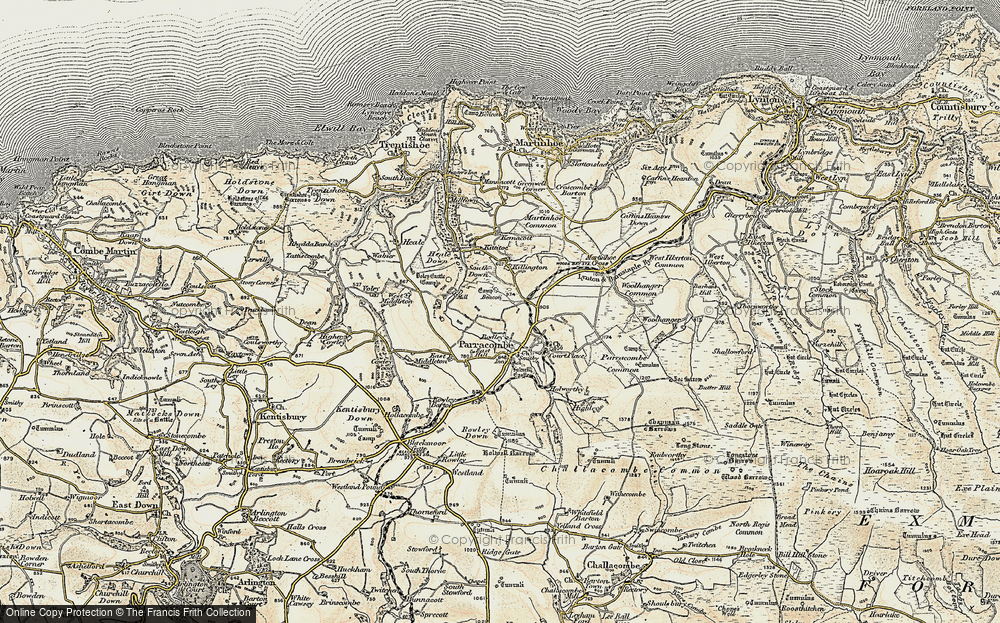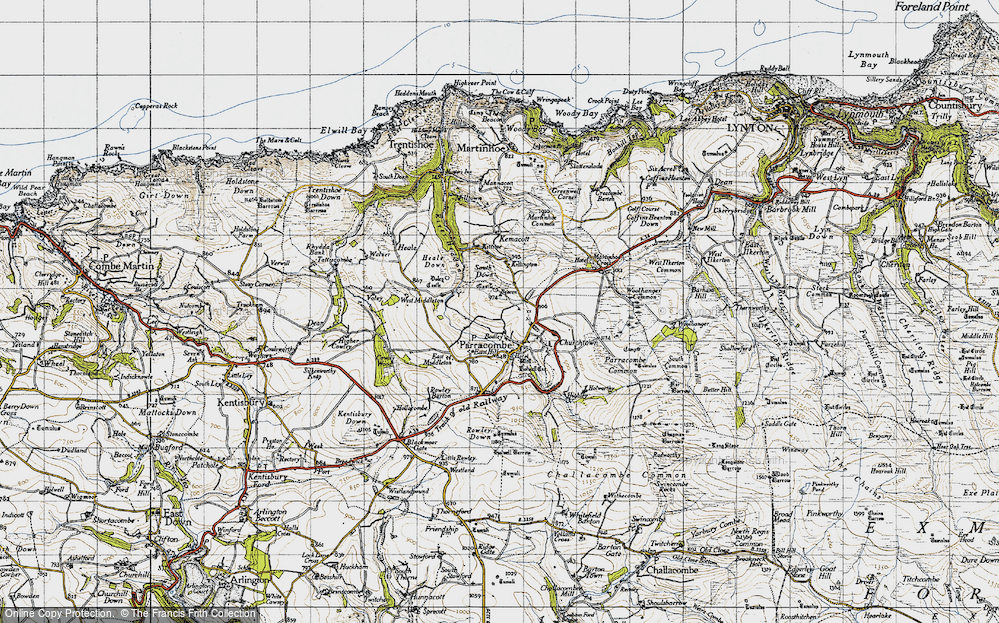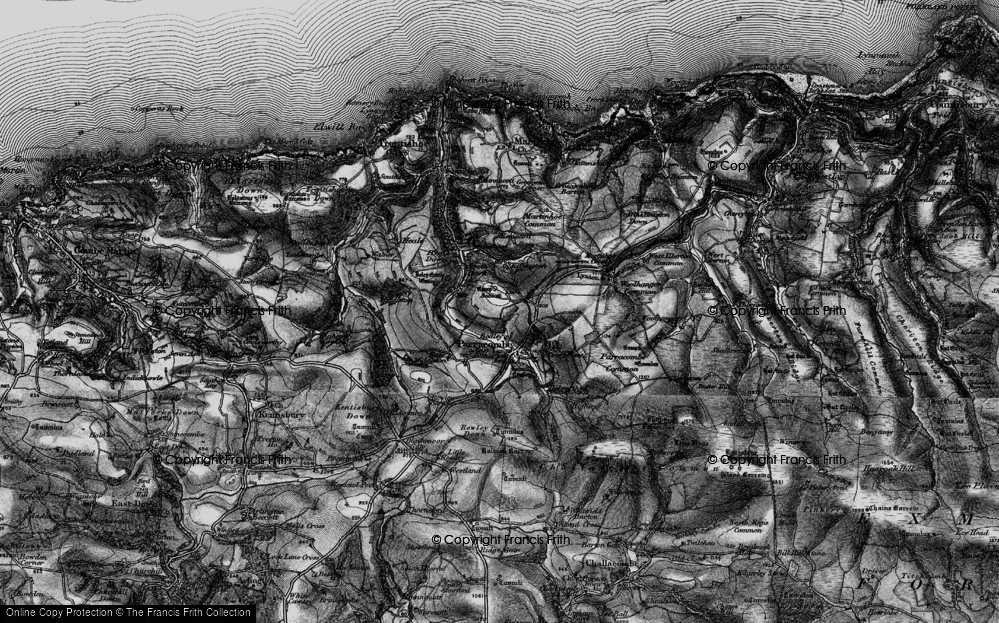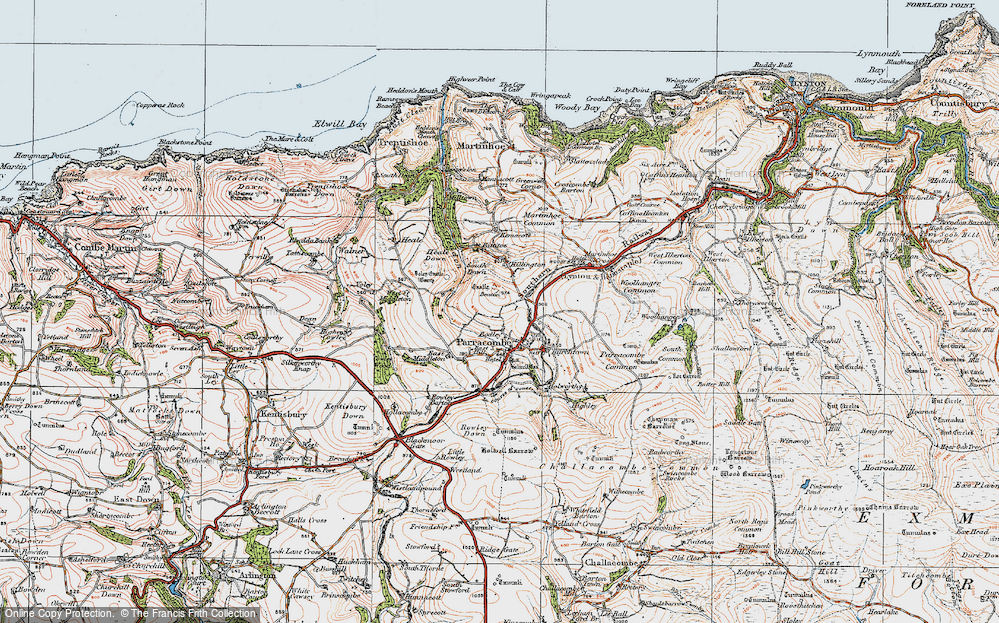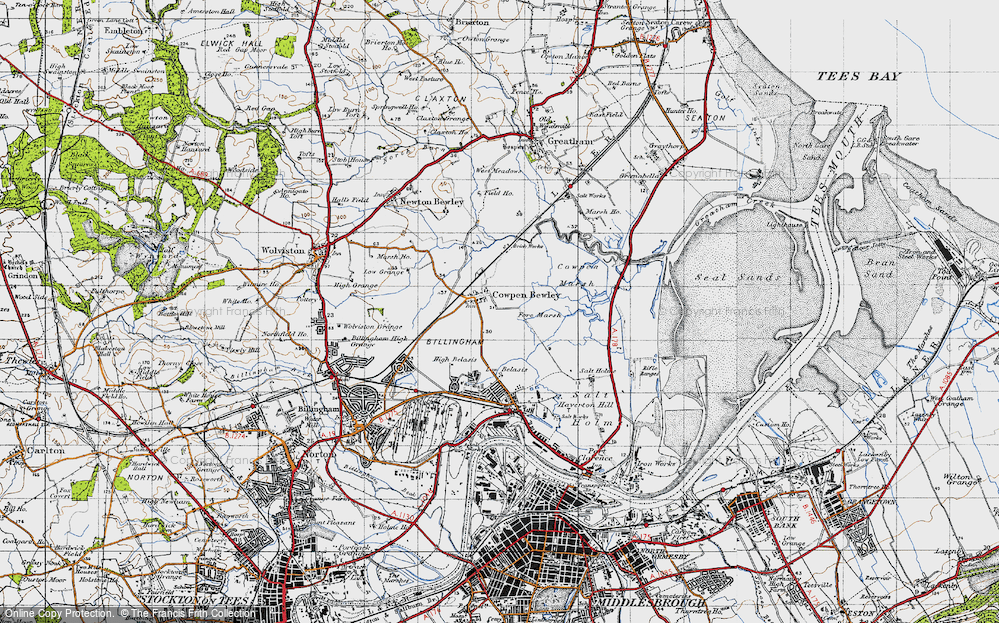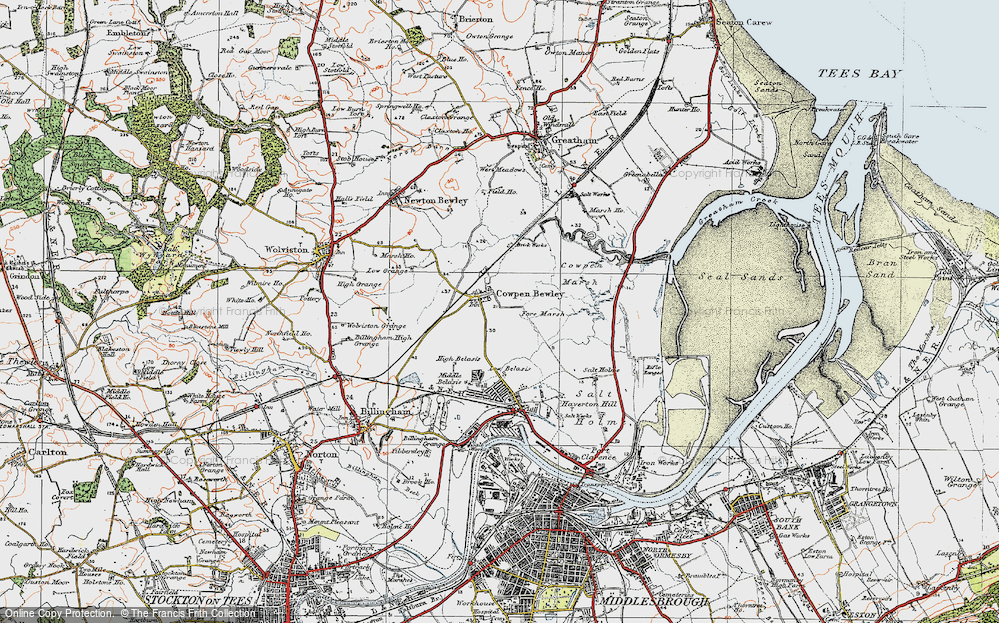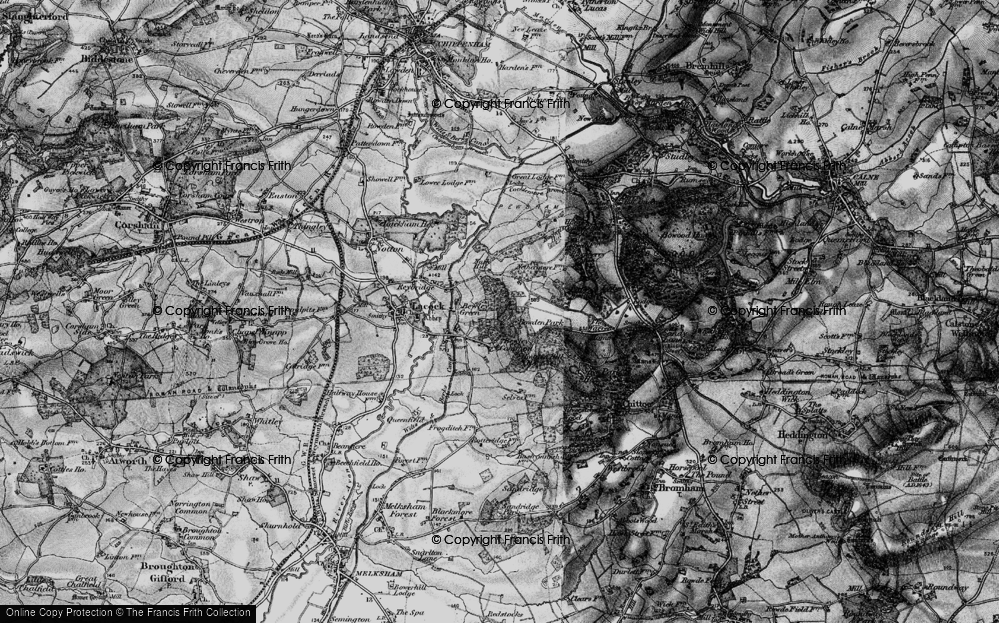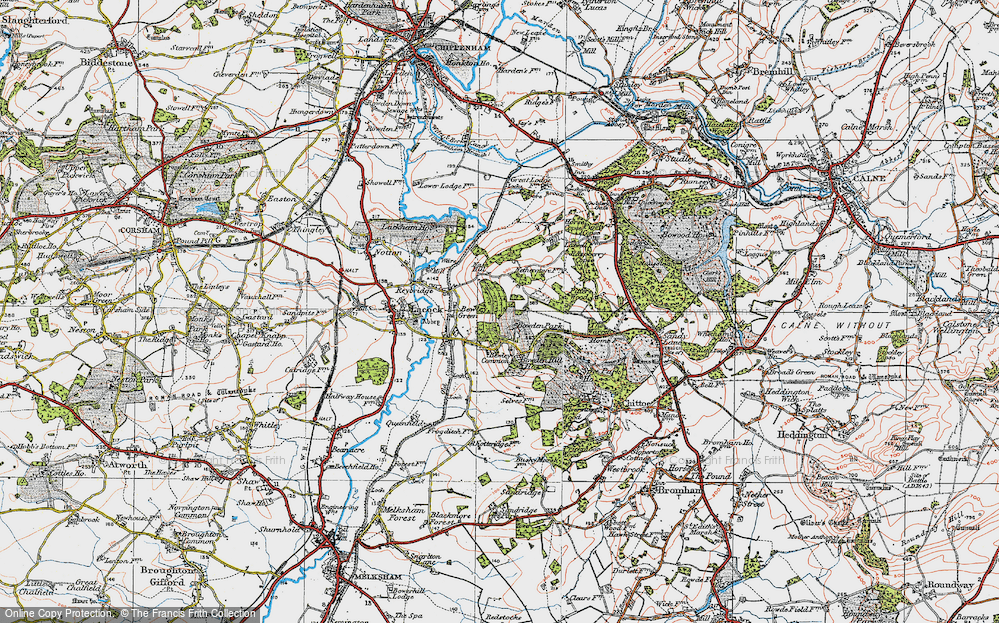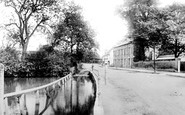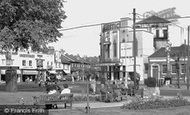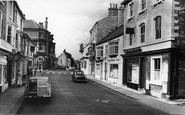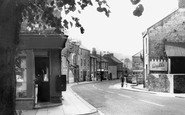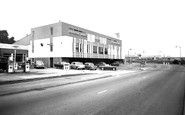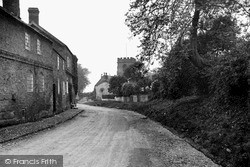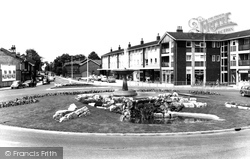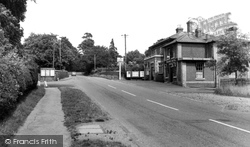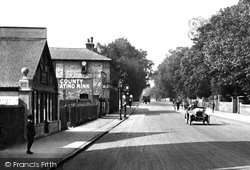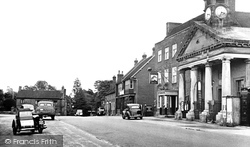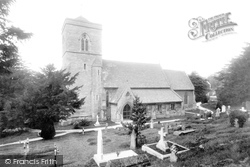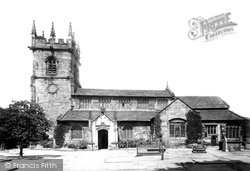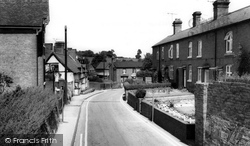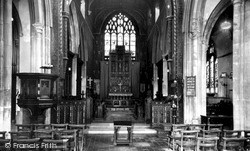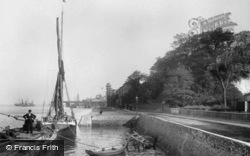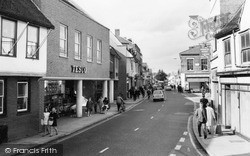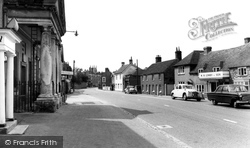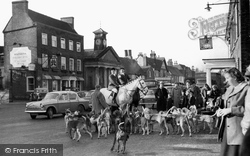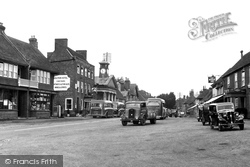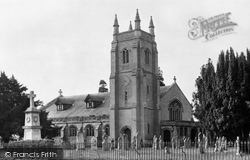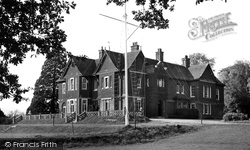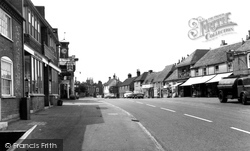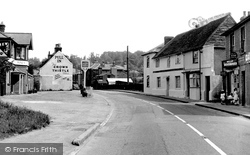Places
3 places found.
Those places high-lighted have photos. All locations may have maps, books and memories.
Photos
Sorry, no photos were found that related to your search.
Maps
42 maps found.
Books
Sorry, no books were found that related to your search.
Memories
15 memories found. Showing results 1 to 10.
Stanmore 1950 52
Hallo , my name is Cliff Bowley. My family moved to Stanmore in 1950 to a very large house called "Belmont Lodge " on the corner of Denis Lane and London Road junction. Does anybody remember it? It was knocked down for development, ...Read more
A memory of Stanmore by
Growing Up In Mitcham
I was born Leslie Dennis Crutch in Grove Road 1948. My brother Ken was born 9 months after dad (Ronald Kenneth) had gone to Normandy as part of the landings - I was born 9 months after he was demobbed (funny that) to mum Winifred ...Read more
A memory of Mitcham by
St Mark's School In The 1960s
I too have wonderful memories of going to St Mark's, the teachers I remember are Mr Freemantle, Mrs Carmichael, Miss Holmes, Miss Catherine and Mr Legg. The headmistress at the time was Miss Bowley, who everyone was ...Read more
A memory of Mitcham by
Jtbells
This is the year I started on the building sites in 1963, I got a job on J. T. Bell's site in Whickam, the site hadn't been running long then as it was in the first stage. All the lads were mainly from Newburn, Lemington, and Throckley. If ...Read more
A memory of Newburn in 1963 by
Moving To Shevington
My first memories of Shevington were moving to the council estate on a very wet day and trudging through deep brown clay which served as the road. At that time there was only one grocery store opposite the entrance to ...Read more
A memory of Shevington in 1952
My Catford
I was born in Lewisham Hospital and grew up in Catford where my family had lived since the 1920's. We lived right near Mountsfield Park where my three siblings and I spent long hours having great fun. Mountsfield Park had a lovely tea ...Read more
A memory of Catford in 1958
Memory Of My Father
The Morris Traveler car belonged to my father Bill Kendall who was a painter and decorator in Wetherby at the time the photo was taken. He undertook a lot of work for the proprietor of Bogley’s shop and I myself used to earn ...Read more
A memory of Wetherby by
1950s Frizington
I grew up in Parkgate when there were three pubs and three shops, I schooled at St Pauls Junior School, Headmaster was a very strict Mr Moore with Mr Teare, Ms Bowness I think, Miss Martin and Mrs Crossthwaite. Those were the ...Read more
A memory of Frizington in 1955 by
We Had To Laugh 1952
the shop on the corner opp.the wall,s sign had a mirror which if you stood close and waved your hand and leg in the air gave a mirror image- which HARRY WORTH used to open his show and had everyone in stitches My cousin ...Read more
A memory of Wolsingham by
Born And Lived In The Area
I used to have a hair cut at the bowling alley, when I could afford it. If not it was Smiths on bath Road.# Went to Westgate school. Mr. Rackstaw? Mr. Good?? Terry Davies? Was a milk lad for Ron Botley. Neville & ...Read more
A memory of Cippenham by
Captions
29 captions found. Showing results 1 to 24.
This photograph shows Eccleston church about ten years before it was rebuilt in the style of the 14th century by G F Bodley; the work was paid for by the first Duke of Westminster.
stone tower of this Perpendicular church situated in the heart of the old village, with its 17th- century cupola on the stair turret, was heavily restored during the 19th century, partly by Bodley
A memorial stone at the entrance to Botley station recalls the murder in 1800 of one Thomas Webb.
A millwright called John Bewley had established an iron-foundry in New Street in 1808, on the site of some hop kilns.
The 19th-century radical farmer and journalist William Cobbett lived in Botley and described it as 'the most delightful village in the world'.
The porch and the three-bay south aisle were added in 1854 by G F Bodley.
This photograph was taken before the clerestory was added to the chancel by Bodley in 1898.
The church on a hill commands the scene; it has a 14th-century tower and a slender spire, with a newer nave and chancel designed by the Victorian architect G F Bodley.
The 20-foot-high reredos depicting the crucifixion was designed by George Bodley, who also built the new tower at Long Melford.
The architect was George Bodley; he designed a Gothic tower so much in sympathy with the building that many visitors are unaware that it was only completed in 1903.
The Thames barges, moored on the left, and the local bawley boats which trawled for shrimps in the estuary, were, along with the uninterrupted views of the ships of all nationalities passing on the
Long after the Fleur de Luce public house was closed, the site was taken by Jenning & Bewley, printers, and Ware Library - both of these were lost to Tesco, and so was Gideon Talbot's car repair workshop
The Thames barges, moored on the left, and the local bawley boats which trawled for shrimps in the estuary, were, along with the uninterrupted views of the ships of all nationalities passing on the
The roads leading out of Botley Square are all narrow; this one leading to Winchester is particularly so. The houses are all of an individual design. Some shops have encroached into this road.
In the days when Botley was an important staging post on the coach route, the village boasted as many as fourteen inns.
Here we see the sturdy porticoed front of Botley's famous Market Hall, built in 1848.
Botley, once a small inland port, stands at the head of navigation on the River Hamble, and barges travelled upstream for corn, coal and timber until the early 20th century.
Botley once had numerous inns, because it was a kind of coaching station where drivers rested before crossing the Hamble River.
Botley Station (entrance on the left of the photograph), which is approached via Mill Hill, is well outside the village. One descends to it from a road bridge.
The clock comes from the stables of the 19th-century farmer and journalist William Cobbett, who lived at Fairthorn Farm and described Botley as 'the most delightful village in the world'.
By the Victorian drinking fountain at the entrance to Botley station lies a memorial tablet which reads: 'this stone is erected to perpetuate a most cruel murder committed on the body of Thomas Webb,
William Cobbett came to Botley in 1805 and purchased the Fairthorns Estate, comprising 300 acres. In later life he became bankrupt, and the land was sold. In 1854, Fairthorne Manor was built.
On the extreme left is Botley Post Office, and next to it is a chemists; the former is now a dress shop, and the latter remains a pharmacy.
Further ahead there is a crossroads: turn left to the Rose Bowl cricket ground and Botley, and go straight ahead for Hamble.
Places (3)
Photos (0)
Memories (15)
Books (0)
Maps (42)


